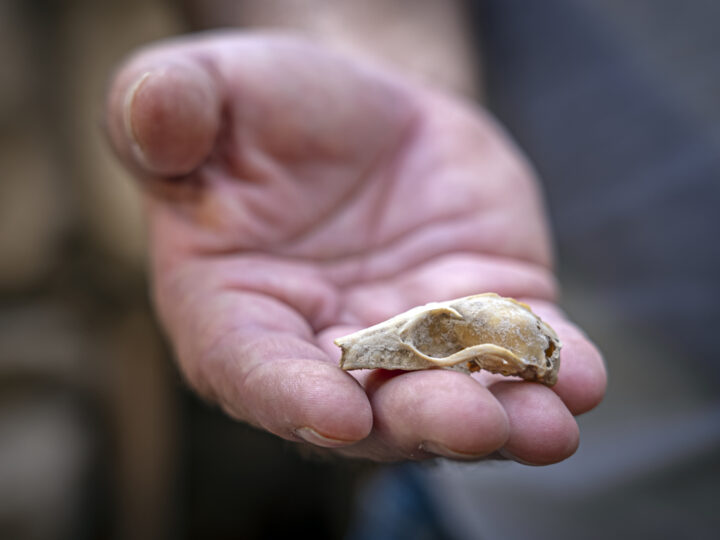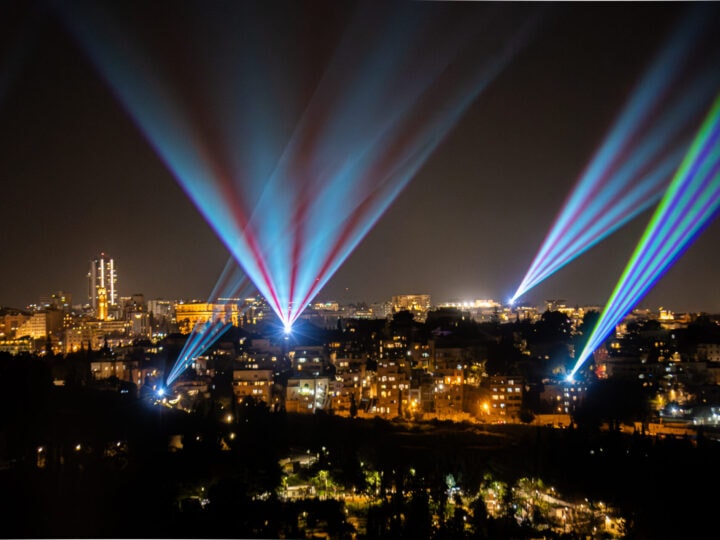Jerusalem archaeologists have announced an intriguing find of a pyramid-shaped staircase constructed of large ashlar stones that could have been used as a soapbox or monumental platform during the Second Temple period.
This structure was found at the side of a 2,000-year-old Second Temple stepped street, which carried pilgrims on their way from the Shiloah (Siloam) Pool to the Temple.
“The structure exposed is unique. To date such a structure has yet to be found along the stepped street in the numerous excavations that have taken place in Jerusalem and to the best of our knowledge outside of it. For this reason, its exact use remains enigmatic,” archaeologists Nahshon Szanton and Dr. Joe Uziel, who direct the excavation on behalf of the Israel Antiquities Authority, said in a statement.
“The structure is built along the street in a place that is clearly visible from afar by passers-by making their way to the Temple. We believe the structure was a kind of monumental podium that attracted the public’s attention when walking on the city’s main street. It would be very interesting to know what was said there 2,000 years ago. Were messages announced here on behalf of the government? Perhaps news or gossip, or admonitions and street preaching – unfortunately we do not know.”

Photo: Carla Amit, courtesy of the Israel Antiquities Authority.
The Israel Antiquities Authority is currently excavating – in cooperation with the Israel Nature and Parks Authority and the City of David Foundation — at a site in the Jerusalem Walls National Park in the City of David.
Szanton and Uziel said two British archaeologists, Frederick Jones Bliss and Archibald Campbell Dickie, discovered a small portion of this structure about 100 years ago, but “mistakenly thought these were steps that led into a house that was destroyed. They would certainly be excited if they could come back today and see it completely revealed.”
The Israeli archaeologists said that rabbinic sources refer to “stones” that were used for public purposes during the Second Temple period, citing an auction block as one possible use and a lost-and-found landmark as another.
Dozens of whole pottery vessels, stone vessels and glassware were found at the foot of the pyramid-shaped staircase.
Fighting for Israel's truth
We cover what makes life in Israel so special — it's people. A non-profit organization, ISRAEL21c's team of journalists are committed to telling stories that humanize Israelis and show their positive impact on our world. You can bring these stories to life by making a donation of $6/month.








